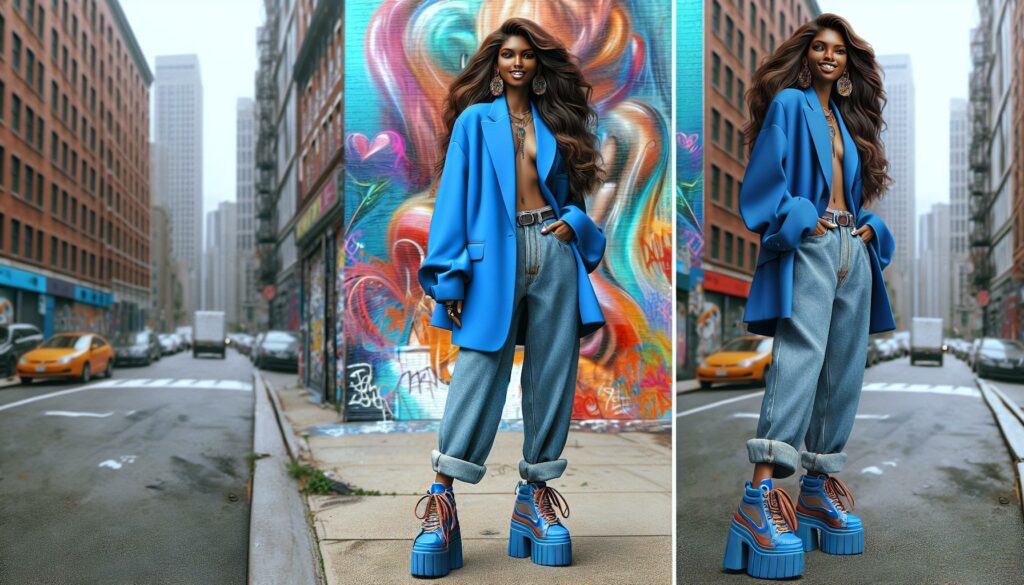In a world where gym selfies and smoothie bowls dominate feeds, fitness social media influencers have become the modern-day gurus of health and wellness. With a sprinkle of charisma and a dash of motivation, they inspire millions to swap couch time for crunches. But are these fitness fanatics just flexing for likes, or do they genuinely hold the key to a healthier lifestyle?
Fitness Social Media Influencers
Fitness social media influencers play a significant role in today’s health and wellness landscape. These individuals leverage their platforms to inspire, motivate, and educate followers about fitness and healthy living.
Definition and Role
Fitness social media influencers are individuals who share fitness-related content across various platforms. Their content typically includes workout routines, nutritional advice, and personal health journeys. Many use platforms like Instagram, YouTube, and TikTok to connect with audiences. These influencers often engage with followers through challenges, live workouts, and Q&A sessions. Their primary roles include educating audiences on fitness practices and building communities centered around health.
Importance in the Fitness Industry
Fitness social media influencers contribute significantly to the fitness industry’s growth and development. They bridge the gap between fitness professionals and the general public. Their impact is evident in increased awareness of health trends and fitness products. Many brands collaborate with these influencers for marketing strategies, enhancing their reach and credibility. Engaging with influencers allows consumers access to testimonials and recommendations, fostering trust. Overall, influencers play a crucial role in shaping fitness culture and encouraging healthy lifestyles.
Impact on Fitness Trends

Fitness social media influencers significantly shape current fitness trends through their engaging content. They introduce new workout routines and challenges that appeal to a wide audience.
Popular Workouts and Challenges
Trendy workouts often emerge from fitness influencers, reflecting their ability to connect with followers. High-intensity interval training (HIIT) and dance-based fitness classes frequently top social media feeds. Viral challenges, like the 30-day squat challenge or plank challenge, draw massive participation, encouraging community involvement. Followers share their progress, fostering accountability and motivation. Additionally, trends like bodyweight training gain traction, offering accessible options for all fitness levels.
Promoting Healthy Lifestyles
Influencers actively promote healthy lifestyles by sharing nutritional tips and wellness routines. They highlight the importance of balanced diets, often featuring meal prep ideas and quick recipes. Consistent messaging about mental health and self-care resonates with audiences, emphasizing holistic well-being. Engaging storytelling often includes personal fitness journeys, illustrating struggles and achievements. Collaborations with wellness brands further amplify these messages. Through authenticity and relatability, influencers inspire followers to adopt healthier habits and cultivate a supportive community.
Types of Fitness Influencers

Fitness influencers can be categorized based on their follower counts and specialized content areas. Understanding these categories helps identify their impact on social media and fitness culture.
Micro-Influencers vs. Macro-Influencers
Micro-influencers typically possess follower counts ranging from 1,000 to 100,000. They engage closely with their audience, often resulting in higher engagement rates. Authenticity drives their connections, making them relatable to niche communities. Macro-influencers, on the other hand, boast follower counts exceeding 100,000. These individuals often reach broader audiences and can leverage their larger platforms for significant brand partnerships. While macro-influencers might promote products on a larger scale, micro-influencers foster deeper relationships, influencing their followers through personal stories and tailored advice.
Niche Specializations
Niche specializations define specific areas of focus for fitness influencers. Categories include strength training, yoga, nutrition, or even mental wellness. Influencers in these niches cater to audiences seeking targeted information. For instance, yoga influencers emphasize flexibility, mindfulness, and holistic approaches. Strength training influencers concentrate on muscle-building techniques, workout plans, and personal challenges. This specialization allows influencers to establish authority and credibility, encouraging engagement from dedicated followers looking for specific fitness guidance. By targeting their content, niche influencers significantly contribute to the overall diversity of fitness ideas and practices in the community.
Evaluating Credibility and Authenticity

Evaluating the credibility and authenticity of fitness social media influencers requires careful analysis of their content and interactions. Authentic influencers typically demonstrate a consistent message and transparent communication.
Red Flags to Watch For
Misleading claims often signal a lack of credibility among influencers. Followers should scrutinize those who promise rapid weight loss or miraculous results without evidence. Inconsistent posting, sudden changes in fitness philosophy, and excessive promotion of unverified products also raise concerns. Engagement levels can indicate authenticity; influencers with inflated follower counts but minimal interaction likely use tactics to enhance their online presence. Lastly, influencers who focus solely on aesthetics without sharing informative content may lack genuine expertise.
How to Assess Influence
Assessing an influencer’s impact starts with evaluating engagement rates. High levels of likes, comments, and shares suggest genuine follower interest. Authenticity can be measured through personal stories; influencers who share real experiences foster trust with their audience. Checking the influencer’s credentials—such as certifications or professional affiliations—provides insight into their qualifications. Researching their collaborations with reputable brands also helps gauge their trustworthiness. Lastly, consistent interaction with followers through Q&As or direct messages enhances credibility in the fitness community.
Fitness social media influencers play a pivotal role in shaping the health and wellness landscape. Their ability to connect with audiences and promote healthy living has transformed the way fitness is perceived. By sharing personal stories and engaging content they inspire followers to adopt healthier lifestyles and participate in fitness trends.
The diversity among influencers allows them to cater to various interests and needs within the fitness community. As they bridge the gap between professionals and the public their authenticity and credibility become essential in guiding individuals toward informed health choices. Evaluating these influencers’ impact through engagement and transparency will help followers navigate the vast world of fitness content effectively.



